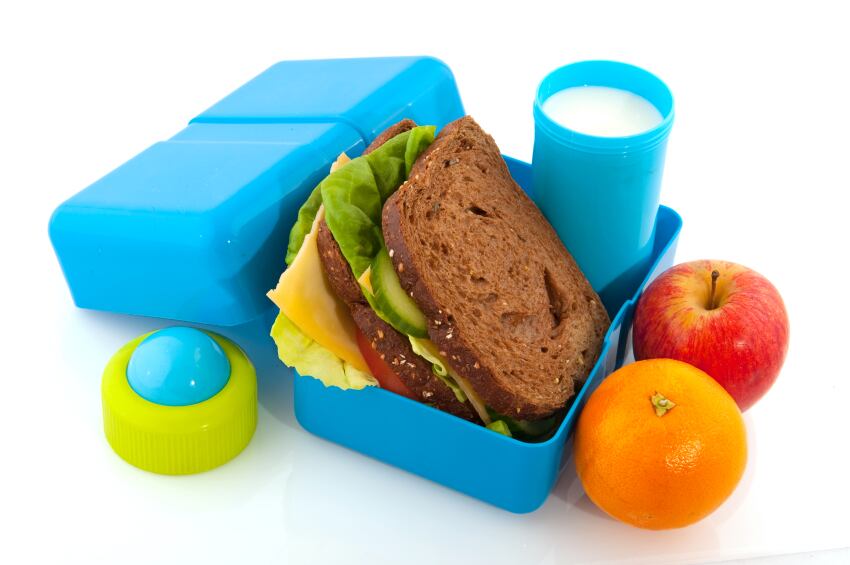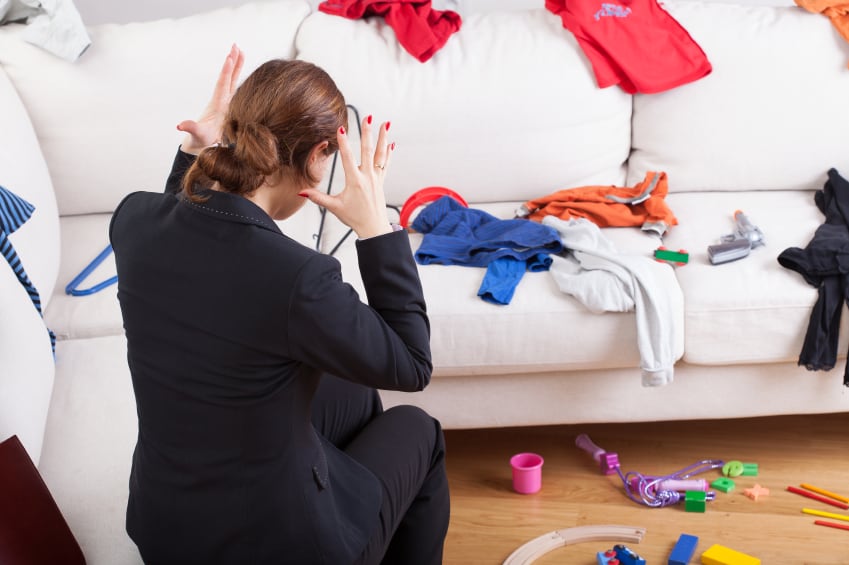“The rise in children’s obesity is a huge concern and a growing epidemic. There must be no delay in taking action,” said Alison Cox, director of prevention at the charity.
“We need regulations to stop junk food advertising on TV before the 9pm watershed to give children a better chance of a healthy life.”
The research, which involved showing 137 children aged between eight and 12 a series of adverts for HFSS (high fat, salt and sugar) products, is certainly well intentioned.
Consider: around 30% of children in England, aged two to 15 are overweight or obese; whilst children who are obese are significantly more likely to go on to become obese adults.
It is also topical. The UK Government will (likely, but not definitely) publish its strategy on childhood obesity later this summer and, having already announced that there will be a tax on sugary drinks, attention has now turned to changing the advertising laws.
Indeed, a poll (also commissioned by Cancer Research UK) in February showed that 74% of UK consumers backed a ban on advertising junk food on TV before 9pm. Only 50% supported the sugar levy.
But aside from the debate surrounding the robustness of the rules (which we reported on here), I wonder whether the research misses two important points relevant to similar debates going on right across Europe.
Number 1

First, it doesn’t consider the reactions of the children to ‘healthy’ foods or seek to reinforce these more positive messages. Now, I’m not saying that this young lad’s reaction to a pizza commercial …
“I can’t resist not going without [take-away pizza] when I see the advert...At the end he like smashes...the [take-away pizza] on the screen and you feel like you're just going to lick the screen”
… would be replicated in an advert for frozen veg or porridge oats, but it would be interesting to find out. Especially if there’s a Teenage Mutant Ninja Turtle involved or the product has a celebrity endorsement (see the success of the FNV campaign in the US).
We’ve reported in the past about the difference a cartoon character or star can make in swaying the affections of a child towards HFSS food. The problem for the researchers might have been finding adverts for healthy products.
“A theoretical increase in the marketing of healthier foods such as fresh fruit and vegetables may help children and adults to make healthier choices, but without curtailing the amount of and exposure to adverts for junk foods high in fat, sugar and salt, it is unlikely to have the impact required on childhood obesity,” Cancer Research UK’s Dr Jyotsna Vohra told me.
I asked the UK’s Advertising Standards Authority whether they had any data in relation to the marketing of healthy foods versus unhealthy ones. They didn’t, but it is a “good question”.
Incidentally, this is where the food industry doesn’t often help itself. Representatives will all too willingly offer up facts pertaining to the extra Euros they’ve thrown at marketing the healthier end of their portfolio, but very rarely do these figures come as a proportion of the budget as a whole.
Number 2
My second point relates to the concerns the researchers raise about children viewing the adverts and then pestering parents to purchase the products.
“The decisions we make for ourselves are important, but things in our environment also affect our choices,” explained Professor Linda Bauld, director of the Institute for Social Marketing in her foreword to the report. “This is particularly the case for children who can’t always control what they are exposed to, or be as critical about what they see and hear, as adults may be.”
A ban would therefore be a blunt, yet effective tool, so the argument goes (exposure to HFSS adverts would fall by 50% overnight).

But as Dominic Watkins, an expert in food law with DWF (and a dad), told me: “In both cases parents have the control. While the state has a role in education and encouraging healthy living generally, this is for parents to deal with and not something that the state should be interfering with.”
It’s not always easy, though, Watkins admitted. The fact more children are watching TV well into the evening thanks to the popularity of family shows like The X Factor makes it harder for parents to police.
But let’s not forget, said the Broadcast Committee of Advertising Practice, that the regulations were never supposed to blind the under 16s to all HFSS adverts. There are rules in place to prohibit HFSS food being advertised during shows that are made for children as well as those that have ‘particular appeal’ to children. That’s sufficient, it said, but we are in “listening mode”.
They have to be, given the upcoming obesity strategy. A consultation is already well underway to introduce stricter rules in non-broadcast media, including online. Bring it on, industry has said. Though their definition of ‘strict’ appears to be different to that of campaigners. Parents may therefore need to be a little meaner too.
